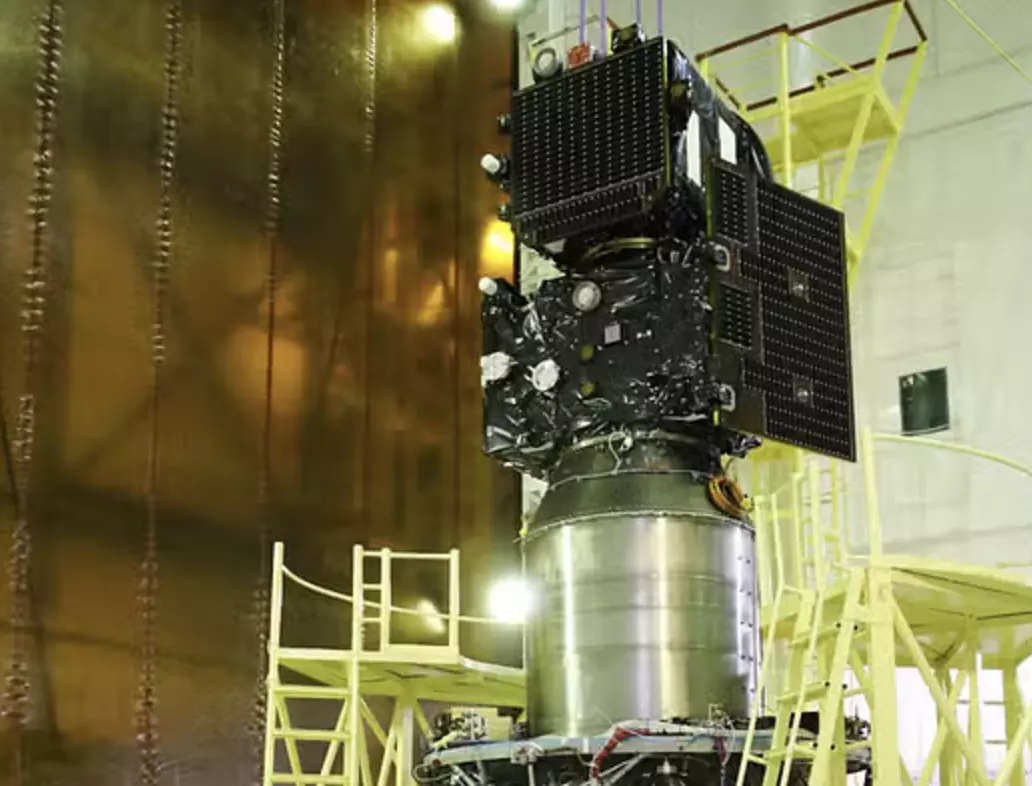ISRO to launch ESA's Proba-3 satellites: A groundbreaking Sun corona observation mission
ISRO to launch ESA's Proba-3 satellites: A groundbreaking Sun corona observation mission

The Indian Space Research Organisation (ISRO) is preparing to launch the European Space Agency's (ESA) Proba-3 satellites in the first week of December. Set to lift off on December 4, the mission will use the Polar Satellite Launch Vehicle (PSLV-XL) from the Satish Dhawan Space Centre in Sriharikota, Andhra Pradesh.
Proba Mission Overview
The Proba series, part of ESA's efforts to demonstrate new technologies in space, includes small satellite missions designed to showcase innovative concepts in orbit. Developed under ESA’s General Support Technology Programme (GSTP), the Proba missions are focused on validating cutting-edge technologies, with each mission featuring a unique payload aimed at delivering vital data for future space endeavors.
ESA has launched three Proba missions to date: Proba-1 (2001), Proba-2 (2009), and Proba-V (2012). Proba-3 will take the next step in formation flying technology.
The Proba-3 Mission: A World First
Proba-3’s groundbreaking objective is to demonstrate highly precise satellite formation flying, marking a world-first in space exploration. The mission involves two small satellites that will separate and fly in tandem, maintaining a formation to within millimeters and arcsecond precision at distances of around 150 meters.
The two satellites—Coronagraph Spacecraft (CSC) and Occulter Spacecraft (OSC)—will create the conditions needed to observe the Sun's corona by using a unique formation. The Occulter spacecraft, equipped with a 1.4-meter occulting disk, will cast a shadow about 8 cm wide across the Coronagraph spacecraft. This will allow the Coronagraph’s telescope, a 5 cm aperture, to observe the Sun’s corona in detail, free from the Sun’s glare.
Maintaining the exact positioning between the two satellites requires an extraordinary level of precision, with the satellites needing to stay aligned to within millimeters as they orbit the Earth in a highly elliptical orbit. This precision flying will enable uninterrupted solar corona observation for up to six hours per orbit, offering a significant advancement in space science.
Why ISRO’s PSLV-XL Was Chosen
ISRO’s PSLV-XL was selected for this mission due to its ability to deliver the 550 kg Proba-3 payload into a highly elliptical orbit, a lift capability beyond the reach of ESA's Vega-C launcher. While ESA’s Ariane-6 rocket could easily handle the lift, its cost is prohibitive for a mission focused on technology demonstration, making PSLV-XL the most cost-effective solution.
Proba-3 represents a significant leap in our ability to study the Sun, with the potential to revolutionize solar science. The mission’s success will pave the way for future multi-satellite missions, where multiple satellites will work in tandem as a single, highly-precise instrument.

